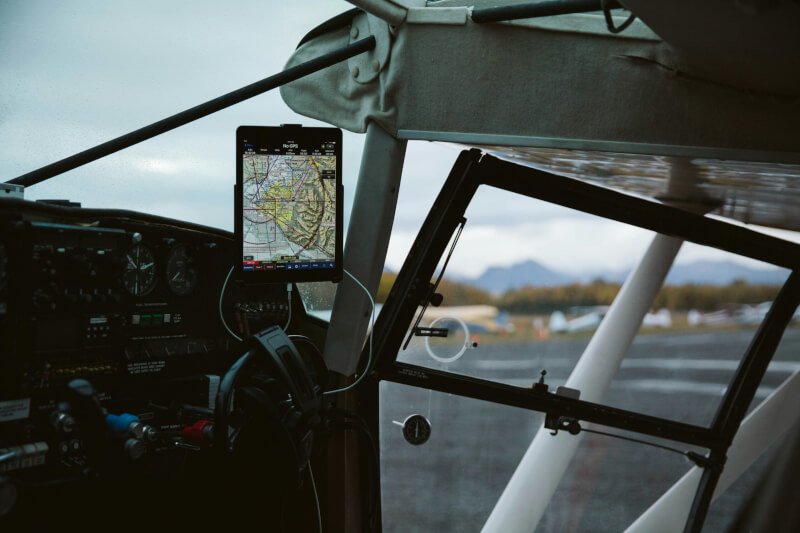Imagine a world where drones can navigate through the skies with precision, delivering packages and capturing breathtaking aerial footage effortlessly. This is made possible by an often overlooked feature: GPS. When it comes to drone technology, GPS plays a crucial role in enabling drones to perform a wide array of tasks accurately and efficiently. By understanding the importance of GPS in drone technology, we can unlock the full potential of these remarkable devices and revolutionize industries such as logistics, filmmaking, and agriculture.
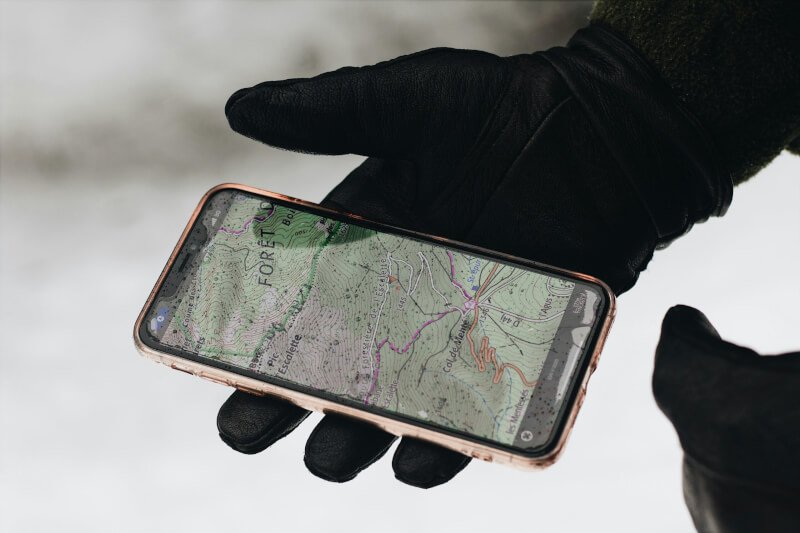
Introduction
Importance of GPS in drone technology
In the world of unmanned aerial vehicles (UAVs), commonly known as drones, GPS (Global Positioning System) plays a crucial role in ensuring their successful operation and functionality. The integration of GPS technology in drones has revolutionized various industries, including photography, agriculture, search and rescue, and even package delivery. This article aims to shed light on the significance of GPS in drone technology and explore its various applications and benefits.
How GPS works in drones
GPS basics
GPS is a satellite-based navigation system that allows drones to determine their precise location, speed, and time information. It relies on a network of satellites orbiting the Earth, constantly transmitting signals that are received by GPS modules installed on drones. By triangulating the signals received from multiple satellites, drones can accurately calculate their coordinates and altitude.
GPS modules in drones
Drones are equipped with GPS modules that are responsible for receiving signals from the GPS satellites. These modules are small, lightweight devices that are integrated into the drone’s onboard computer system. They communicate with multiple satellites simultaneously, ensuring a reliable and accurate GPS fix. GPS modules have become a standard feature in most commercially available drones, enabling a wide range of applications.
GPS receivers and antennas
To enhance the performance and reliability of GPS reception, drones are equipped with specialized GPS receivers and antennas. GPS receivers process the signals received from the GPS modules and convert them into precise location and speed data. These receivers use advanced algorithms to filter out noise and interference, ensuring accurate positioning. Additionally, high-quality GPS antennas are crucial for a strong and stable GPS signal reception, especially in areas with obstacles such as buildings or dense foliage.
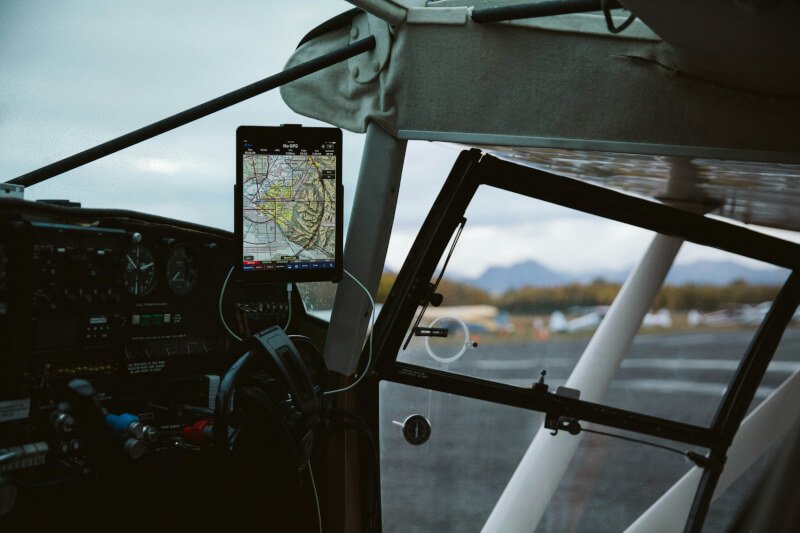
Navigation and Positioning
Autonomous navigation
One of the key advantages of GPS in drone technology is its capability to enable autonomous navigation. With GPS technology, drones can navigate and fly pre-determined routes without constant human intervention. By programming waypoints into the drone’s flight control system, it can autonomously fly from one location to another, following a specific path. This feature enables efficient and precise aerial surveys, inspections, and mapping missions, saving time and resources.
Waypoint navigation
Waypoint navigation is a popular application of GPS in drones that allows users to define specific locations as waypoints for the drone’s flight path. By setting a series of waypoints, users can plan complex flight routes for their drones, taking into account specific areas of interest or avoiding restricted airspace. Waypoint navigation is particularly useful in aerial photography and videography, as it allows drones to capture smooth and precise shots.
Positioning accuracy
GPS technology enables drones to achieve a high level of positioning accuracy. With the integration of multiple satellite signals, drones can determine their position with sub-meter accuracy, even in challenging environments. This level of precision is particularly useful in applications such as land surveying, crop monitoring, and search and rescue operations, where accurate and reliable positioning is crucial.
Safety and Security
Return-to-Home (RTH) function
The Return-to-Home (RTH) function is a vital safety feature enabled by GPS in drones. In case of signal loss or low battery levels, drones equipped with GPS can autonomously return to their initial takeoff location or designated home point. This feature ensures the safe recovery of the drone and prevents the risk of a crash or loss in case of unforeseen circumstances. RTH functionality provides peace of mind to drone operators and enhances the overall safety of operations.
Geofencing
Geofencing is another safety measure made possible by GPS technology in drones. Geofencing allows the establishment of virtual boundaries or no-fly zones, restricting the drone’s flight within predefined areas. By utilizing GPS coordinates and altitude restrictions, drones can be programmed to automatically avoid sensitive or restricted airspace, such as airports, military installations, or private properties. Geofencing not only enhances safety but also ensures compliance with regulations and privacy concerns.
Anti-collision systems
GPS technology plays a vital role in the development of anti-collision systems for drones. By accurately determining the position and altitude of the drone, GPS enables the implementation of collision detection and avoidance algorithms. These systems use GPS data along with other sensors, such as radars or lidar, to detect and avoid obstacles in the drone’s flight path. Anti-collision systems are crucial for ensuring safe operations, especially in complex environments or congested airspace.
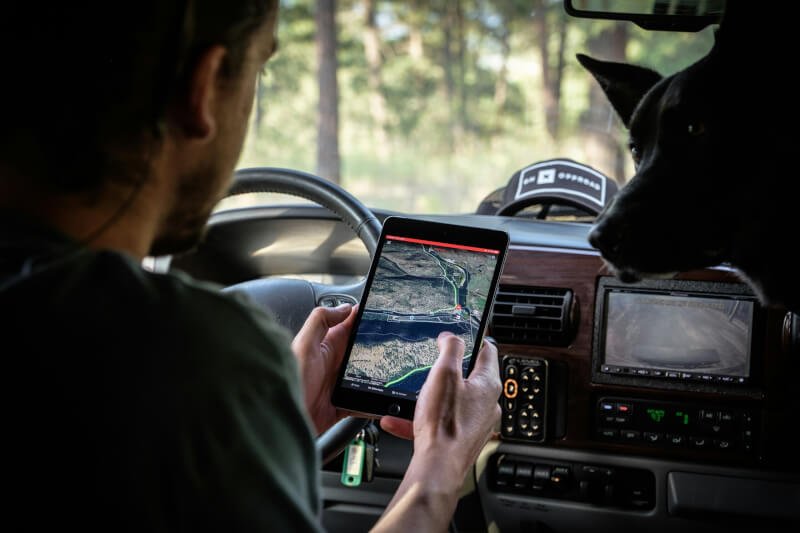
Flight Planning and Control
Pre-flight planning
GPS technology enables comprehensive pre-flight planning for drone operations. By utilizing mapping software or specialized flight planning applications, drone operators can easily determine suitable flight paths and waypoints. These software tools integrate GPS data and provide valuable information on airspace restrictions, weather conditions, and other relevant factors, ensuring a safe and efficient flight. Pre-flight planning with GPS technology optimizes flight routes, increases productivity, and minimizes risks.
Live tracking and monitoring
GPS in drones allows real-time tracking and monitoring of the drone’s location and flight parameters. By using GPS data, drone operators can remotely track their drone’s position, altitude, speed, and battery status. Live tracking and monitoring enhance situational awareness, allowing operators to make informed decisions and respond to changing conditions promptly. This feature is particularly useful in search and rescue operations, where monitoring the drone’s progress and location is crucial for successful missions.
Real-time data acquisition
GPS technology enables drones to acquire and transmit real-time data during their flight missions. By integrating sensors such as cameras, thermal imagers, or multispectral cameras, drones can capture and transmit valuable data to the ground station. GPS coordinates are embedded in the captured data, allowing easy georeferencing and integration with geographic information systems (GIS). Real-time data acquisition with GPS technology facilitates applications such as aerial surveys, inspections, and environmental monitoring.
Surveying and Mapping Applications
Aerial photography and videography
GPS technology has revolutionized the field of aerial photography and videography. By accurately determining the drone’s position and altitude, GPS enables precise framing and composition of aerial shots. Additionally, GPS coordinates are embedded in the image or video metadata, allowing easy georeferencing and post-processing. Aerial photography and videography with GPS technology have become essential tools in various industries, including cinematography, real estate, and infrastructure inspection.
Land surveying and mapping
Accurate land surveying and mapping are critical in various industries, such as construction, urban planning, or resource management. GPS technology in drones offers a cost-effective and efficient solution for collecting precise geospatial data. Drones equipped with GPS can quickly survey large areas, capturing high-resolution imagery and creating accurate digital terrain models or orthomosaic maps. GPS-enabled land surveying and mapping with drones save time, reduce costs, and provide accurate results for decision-making processes.
3D modeling and topographic analysis
GPS technology in drones enables the creation of detailed 3D models and topographic analyses of terrain. By capturing a series of overlapping images and utilizing photogrammetry techniques, drones can reconstruct 3D models of buildings, landscapes, or archaeological sites. GPS coordinates embedded in the images ensure accurate alignment and georeferencing of the 3D model. This application is valuable in various fields, including urban planning, cultural heritage preservation, or environmental impact assessment.
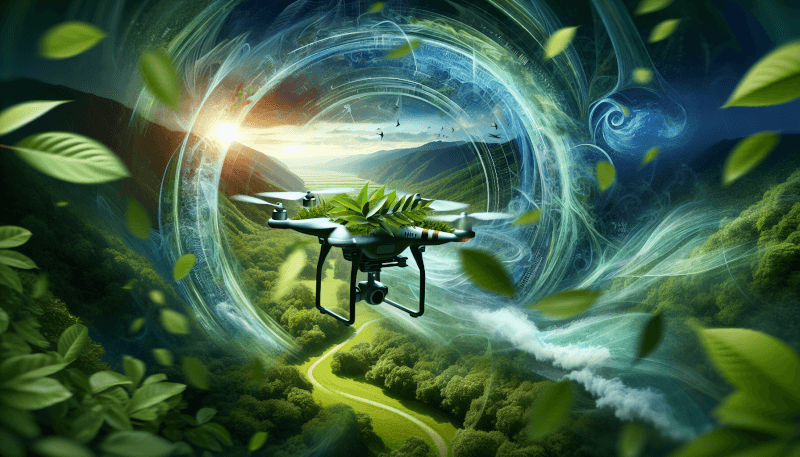
Drone Delivery Services
Package tracking and delivery
GPS technology plays a crucial role in the emerging field of drone delivery services. By accurately determining the drone’s position and speed, GPS enables real-time package tracking and monitoring. Drones equipped with GPS modules transmit their position and estimated delivery time, allowing customers to track their packages. GPS technology ensures efficient and reliable delivery services, reducing costs and delivery times compared to traditional methods.
Automated route optimization
Drone delivery services can benefit from GPS technology by implementing automated route optimization algorithms. By integrating GPS data with geographic information systems and advanced algorithms, drones can determine the most efficient delivery routes, taking into account factors such as traffic, weather conditions, or airspace restrictions. Automated route optimization ensures timely and cost-effective deliveries, enhancing the efficiency of drone delivery services.
Delivery accuracy and efficiency
GPS technology significantly improves delivery accuracy and efficiency in drone delivery services. By precisely calculating the drone’s position and altitude, GPS enables accurate package drops at designated delivery points. This level of accuracy reduces the likelihood of delivery errors or damage to the packages, ensuring customer satisfaction. Moreover, GPS technology allows drones to deliver multiple packages in a single flight, optimizing delivery efficiency and increasing the overall productivity of the service.
Agriculture and Crop Monitoring
Precision agriculture
GPS technology has transformed the field of agriculture by enabling precision farming techniques. Drones equipped with GPS modules can accurately survey agricultural fields, collecting data on crop health, soil moisture, or yield potential. By analyzing this data, farmers can make informed decisions, optimizing irrigation, fertilization, or pest control strategies. GPS-enabled drones provide valuable insights, increase crop productivity, and reduce resource waste, ultimately benefiting both farmers and the environment.
Crop health assessment
Monitoring the health and condition of crops is crucial for successful farming. GPS technology in drones enables efficient crop health assessment by capturing aerial images and multispectral data. By integrating GPS data with remote sensing techniques, farmers can identify areas of stress or disease and take timely action. GPS coordinates embedded in the captured data enable accurate mapping and comparison of crop health over time. Crop health assessment with GPS-enabled drones enhances productivity and reduces losses in agriculture.
Irrigation management
Irrigation is a critical aspect of agricultural practices, and GPS technology plays a significant role in efficient irrigation management. By accurately determining the drone’s position and altitude, GPS-enabled drones can precisely assess soil moisture levels across large agricultural areas. This information helps farmers optimize irrigation strategies, ensuring that crops receive the appropriate amount of water. GPS technology in drones saves water, reduces costs, and promotes sustainable irrigation practices in agriculture.
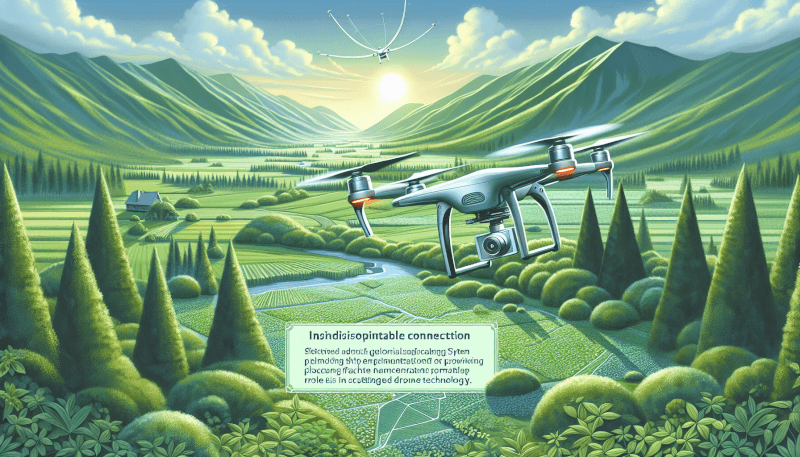
Search and Rescue Operations
Rapid response and situational awareness
GPS technology has revolutionized search and rescue operations by enabling rapid response and enhancing situational awareness. Drones equipped with GPS modules can be rapidly deployed to locate missing persons or assess emergency situations. By sending real-time GPS data to the ground station, rescue teams can maintain an overview of the operation, coordinate resources, and make informed decisions. The combination of GPS technology and drones significantly improves search and rescue efficiency and increases the chances of successful outcomes.
Victim location and assistance
GPS technology in drones enables accurate victim location and assistance during search and rescue operations. Drones equipped with thermal imaging cameras or other sensors can quickly identify and locate individuals in need of help, even in challenging or inaccessible terrain. By providing real-time GPS coordinates of the victims, rescue teams can navigate directly to their location, reducing response times and potentially saving lives. GPS-enabled drones play a crucial role in improving the effectiveness and safety of search and rescue missions.
Emergency communication
GPS technology enhances emergency communication capabilities in search and rescue operations. Drones equipped with GPS can act as communication relays, providing a temporary network connection in areas with limited or no cellular coverage. By establishing a temporary communication link via the drone’s GPS-enabled communication equipment, rescue teams can maintain contact with each other or communicate with the victims. GPS technology ensures reliable and effective emergency communication, improving coordination and safety during rescue operations.
Future Developments and Challenges
Improving GPS accuracy
Although GPS technology has significantly advanced in recent years, there is ongoing research and development aimed at improving its accuracy even further. Future developments may include the integration of additional satellite systems, such as Galileo or BeiDou, to enhance the precision and reliability of GPS navigation. Furthermore, advancements in signal processing techniques and sensor fusion algorithms may lead to even higher positioning accuracy, especially in harsh or obstructed environments.
Integration with other technologies
GPS technology in drones is often integrated with other cutting-edge technologies to enhance performance and functionality. Integration with artificial intelligence and machine learning algorithms can enable drones to analyze and interpret real-time data more effectively, improving their decision-making capabilities. Additionally, the integration of advanced sensors, such as lidar or hyperspectral cameras, can expand the range of applications and improve the accuracy of data acquisition. The ongoing integration of GPS technology with other emerging technologies will continue to drive innovation and enhance the capabilities of drones.
Regulation and privacy concerns
As the use of drones continues to expand, there are increasing concerns regarding regulation and privacy. Governments and aviation authorities are implementing regulations and guidelines to ensure safe and responsible drone operations. These regulations often include requirements for GPS-equipped drones, such as registration, flight restrictions, or licensing. Privacy concerns related to the collection and use of GPS data by drones have also prompted discussions and debates. Balancing the benefits of GPS-enabled drone technology with regulatory and privacy considerations remains an ongoing challenge that requires continued dialogue and collaboration among stakeholders.
In conclusion, GPS technology plays a fundamental role in drone technology. The integration of GPS modules, receivers, and antennas allows drones to navigate autonomously, perform precise flight missions, and ensure safety and security. GPS-enabled drones have revolutionized various industries, including photography, agriculture, search and rescue, and delivery services. As GPS technology continues to advance, future developments will further improve accuracy, integrate with other technologies, and address regulatory and privacy concerns. The potential applications and benefits of GPS in drone technology are vast, and the future of this technological synergy is promising.

